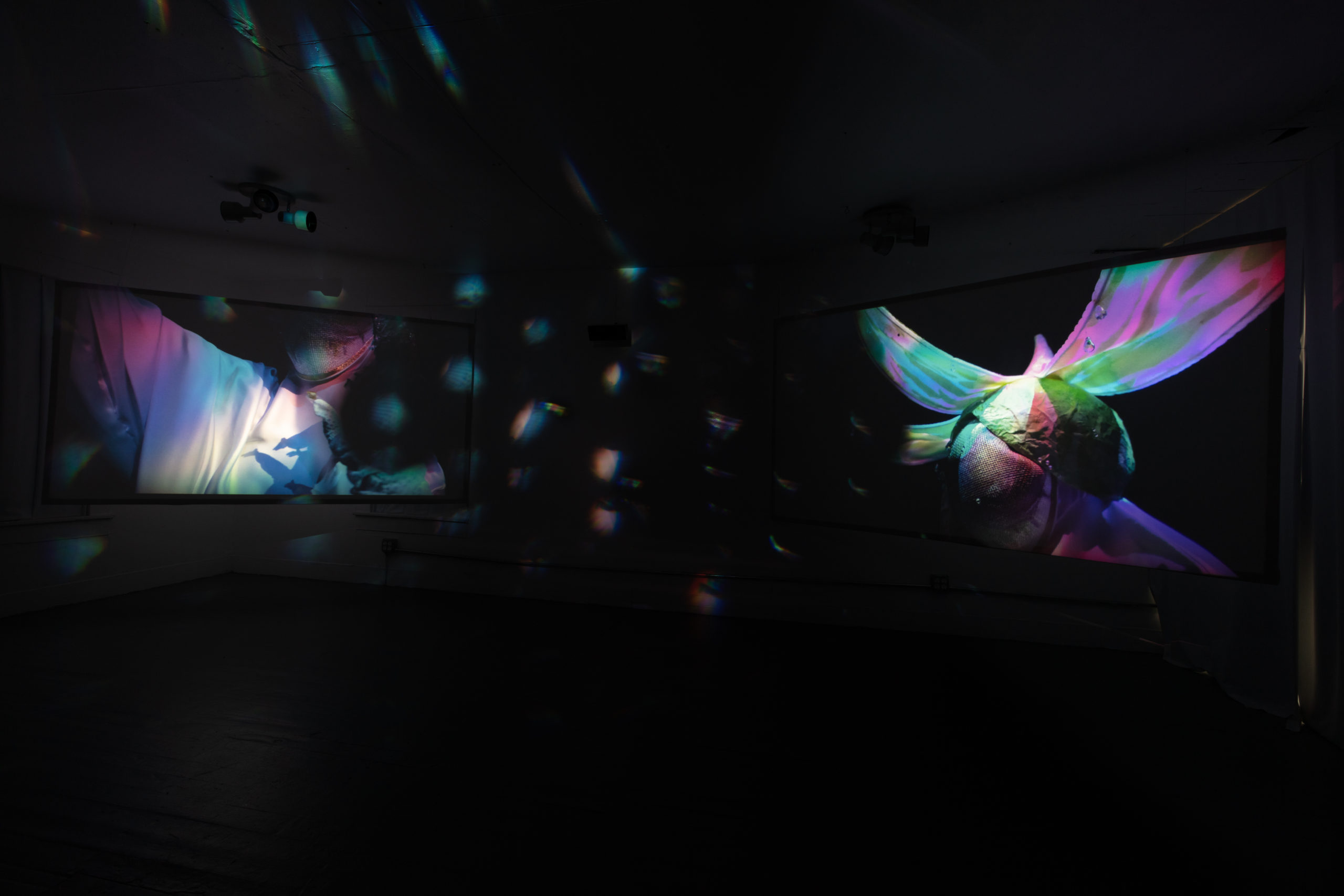Gulf Coast Anthropocene
Across the globe, climate change has become an internationally recognized issue. In other circles, it has been viewed as an example of the Anthropocene, a geological era associated with humans’ impact on the earth.
We intervene in these conversations with Round 52: Gulf Coast Anthropocene. Participating artists include Annotation 3.5.4.5, Kai Lumumba Barrow, Whit Forrester, Preston Gaines, HTX Community Fridges, Kindred Stories, Cristina Molina, and Xaviera Simmons. This Round questions what public art can inform us about this era, our connection to the built and natural environments, and our need for a more just and sustainable world.*
This Round does not subscribe to the notion that all people pollute equally. Moreover, we acknowledge that our current era is but one of several anthropocentric moments in world history – that a variety of lifeways, development traditions, and ecological relations have been eradicated here and abroad by various forms of statecraft (e.g., colonization, chattel slavery). Acknowledging that other human-environment relations existed beyond those of today, as well as in the present, we encouraged artists to incorporate a capacious understanding of the Anthropocene into their works.
As natives of the Gulf Coast region, with relatives throughout the state of Texas, our concept for and approach to curating a Round on this subject was affected by recent bouts of extreme weather that ravaged Houston and the greater Gulf Coast region. The countless losses associated with Hurricane Harvey, Winter Storm Uri, and ongoing petrochemical exposures make it clear that there is no such thing as a natural disaster.
There are, however, consequences due to the (in)actions of those responsible for protecting residents. From these trials, and others, we have learned that the most vulnerable members of our city (i.e., houseless, underemployed) are predisposed to the worst effects of these storms. We have also realized that in these times, we must rely on one another for support, sustenance, and other forms of mutual aid.
Round 52: Gulf Coast Anthropocene stretches climate change and Anthropocene narratives beyond a focus on the earth’s elements. Our intent is to highlight the environment not through a nature versus society binary, but as composed of numerous intersections between human and non-human beings. We also intend to address the growing environmental concerns of our region while acknowledging that, for some, environmental concerns are not solely elemental.
This Round, building on previous Rounds,** illustrates anti-Blackness as an environmental concern. We base our position, in part, in Christina Sharpe’s reference*** to anti-Blackness as an oppressive weather system that forecasts Black people’s lives:
In the United States, slavery is imagined as a singular event even as it changed over time and even as its duration expands into supposed emancipation and beyond. But slavery was not singular; it was, rather, a singularity—a weather event or phenomenon likely to occur around a particular time, or date, or set of circumstances… In what I am calling the weather, antiblackness is pervasive as climate. The weather necessitates changeability and improvisation; it is the atmospheric condition of time and place; it produces new ecologies… But the shipped, the held, and those in the wake also produce out of the weather their own ecologies.
This same system, through order and control, required the conversion of “idle” land into valuable property. In this way, plantation style agriculture ushered in an Anthropocentric era that disavowed Black and Indigenous ecological relations and development traditions. The legacy of these design schemes, as does the weather, remains in how we order and value landscapes and the people who inhabit them (e.g., opportunity zones, suburbs, so-called ghettoes).
And so, we claim, as have generations before us, that climate change is a Red, Black, and Green issue. For these reasons, righting the errs of this Anthropocene must be disruptive, imaginative, comprehensive, just, and sustainable. How might intersecting calls for climate mitigation with calls for tenants’ rights, anti-eviction campaigns, sustainable/equitable development, and prison abolition result in new ecologies? With this question in mind, we encouraged artists to read across Anthropocenes and with environments and global movements.
Round 52: Gulf Coast Anthropocene is on view Saturday, July 31 through Sunday, December 5, 2021.
[*] The Carbon Majors Report 2017 details 100 companies that are responsible for 71% of the world’s greenhouse gases
[**] Round 46: Black Women Artists for Black Lives Matter at Project Row Houses
[***] Sharpe, Christina. 2016. In the Wake: On Blackness and Being. Durham, NC: Duke University Press.

